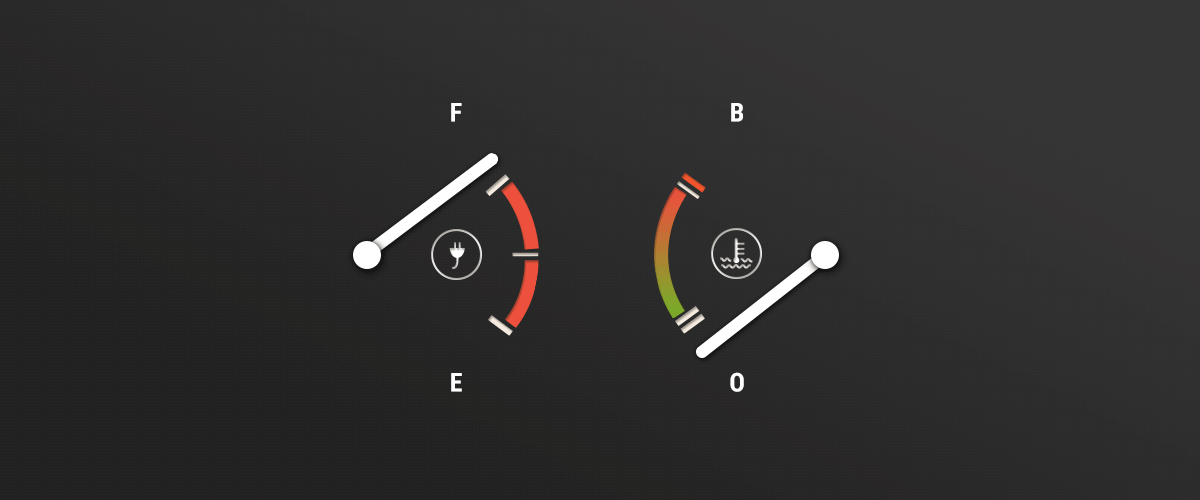In case of heating elements and heat exchangers the term "film temperature" is used to mean the temperature of the liquid molecules adhering to the heating bar surface. Despite a flow along the heating bars (by convection or forced flow) the molecules directly on the pipe surface (almost) do not move.
Therefore, they can transfer the heat only by thermal conduction and are thus exposed to the highest temperatures. To avoid a thermal decomposition of these molecules, a maximum admissible temperature must not be exceeded.
The film temperature is mostly considered for heat carrier systems with organic heat carriers.
DIN 4754 requires calculated evidence of the film temperature to prevent the permanent usability of the used heat carrier from being endangered. The heat carrier can be analysed chemically to find out whether ageing occurred because of too high a temperature. If the heat carrier has aged too much, it must be replaced.
Among others, the decomposition products deposit on the heating bars in the form of dark coats. (This can also be noticed on private deep fryers; here the surface load is significantly too high for permanent operation, but it is hoped that the deep-frying fat is replaced at short intervals.) If the film temperature is exceeded permanently, the coat will so thick that the heater must be removed as in a mine. You will then find a block of coal.

